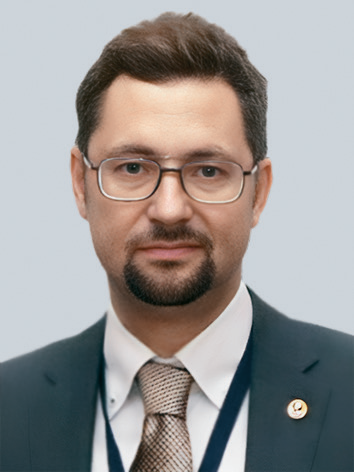Anatoly Soloviev, Corresponding Member of the Russian Academy of Sciences, Professor of the Russian Academy of Sciences, Doctor of Physical and Mathematical Sciences, specializing in geophysics, geophysical methods of mineral exploration. A well-known scientist in the field of mathematical methods for intelligent analysis of geophysical data, geoinformatics, and the study of the Earth’s magnetic field. Developed a number of new mathematical methods and algorithms for analyzing large amounts of data using fuzzy logic and pattern recognition. Based on them, an automated algorithmic system for recognizing man-made anomalous events in geomagnetic measurements was created. He created a method for recognizing and spatiotemporally analyzing geomagnetic activity using a global network of ground-based observations and a new approach to modeling the secular course and recognizing bursts of secular acceleration of the Earth’s magnetic field. He was one of the creators of the Atlas of the Earth’s Magnetic Field, reflecting the evolution of the geomagnetic field from 1500 to 2010. With his leading participation, new geomagnetic observatories of the international INTERMAGNET standard were deployed on the territory of the Russian Federation and neighboring states: “White Sea” (Karelia), “Klimovskaya” (Arkhangelsk region), “St. Petersburg” (Leningrad region), “Mikhnevo” (Moscow region), “Gyulagarak” (Republic of Armenia). He was one of the key developers of the hardware and software system for monitoring geomagnetic activity MAGNUS (Monitoring and Analysis of Geomagnetic Anomalies in the Unified Environment) based on observation data from magnetic observatories and geophysical satellites.
Research interests include mathematical methods for geophysical data mining, fuzzy clustering of multidimensional data sets, morphological analysis and recognition of disturbances in time series, geoinformation systems for storing and analyzing data in the Earth sciences, studying the Earth’s magnetic field using geoinformatics methods and systems for observing the Earth’s magnetic field.
Session
-
Geomagnetism and space weather
The geomagnetic field permeates all shells of the solid Earth, the hydrosphere and atmosphere, extends into space and plays an important role in many natural processes. Changes in the geomagnetic field in time and space provide important information about deep processes in the Earth, as well as solar-terrestrial connections and the state of space weather. Advances in high-precision magnetic field measurements by ground-based and space-based means, coupled with the development of mathematical tools for solving computationally intensive problems, have made it possible to study variations in the main magnetic field generated by processes in the liquid core and at the core-mantle boundary on time scales from 1 year to billions of years . Solar wind parameters and derived indicators of solar activity (e.g. geomagnetic indices) quantify the energy storage in certain regions of the solar wind-magnetosphere-ionosphere system and are used as basic tools in statistical studies of solar energy. Thus, ongoing experimental research must be combined with the development and implementation of methods of mathematical modeling, geoinformatics, artificial intelligence and system analysis to solve fundamental problems of geomagnetism. Intensive accumulation of spatial data requires the use of effective and modern information analysis technologies. The session will present the latest results on current issues in modern geomagnetic research.

